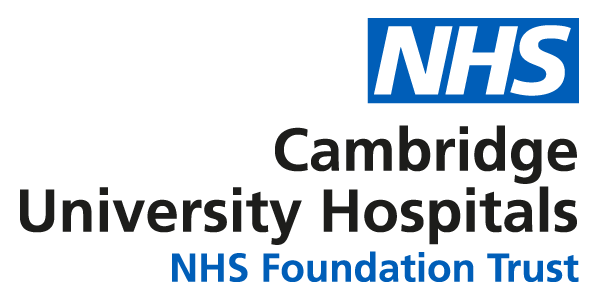General advice
The following exercises are designed to help improve the range of movement in your shoulder.
It is also important to ensure you maintain the range of movement in your elbow, wrist and hand of your affected arm.
Avoid lifting heavy objects as this may increase the pain in your arm.
If you have had surgery, ensure your wounds are kept clean and dry, wearing a water proof dressing in the shower until healed.
After the surgery your physiotherapist will be able to advise you on which exercises are appropriate for you and how soon to progress these exercises.
Exercises
- Shoulder shrugs
Sit or stand. Shrug your shoulders up and down, and then roll your shoulders forwards and backwards.
Repeat ___ times.

2. Pendular exercises
a) Stand leaning on a table with one hand. Let your other arm hang relaxed straight down. Swing your arm forwards and backwards.
Repeat ___ times.

b) Stand leaning on a table with one hand. Let your other arm hang relaxed straight down. Swing your arm to your left and then to your right.
Repeat ___ times.

3. Assisted elevation
Lying on your back with elbows straight. Use one arm to lift the other arm up keeping it as close to the ear as possible.
Repeat ___ times.

4. Shoulder elevation
Lying on your back, elbow bent. Straighten your arm towards the ceiling.
Repeat ___ times.

5. Assisted abduction
a) Stand or sit. Lift your affected arm to the side, assisting the movement with your other hand.
Repeat ___ times.

b) Stand and grip one end of a stick with the arm to be exercised. Lift the stick out to the side by assisting with the other arm.
Repeat ___ times.

6. Assisted elevation
Stand. Use a football ball or gym ball to assist your arm up above your head. A towel could be used instead of a ball.
Repeat___ times.

7. Assisted elevation
Stand facing a wall. ‘Walk' your fingers up the wall as high as possible. Reverse down in the same way.
Repeat ___ times

8. Assisted Elevation
Stand with your legs hip width apart and lean your upper trunk forward. Grip a pole/edge of a table with your hands. Gently let the upper trunk drop down until you can feel stretching in your sides and chest muscles. Keep arms straight and stretch for approx. 20 seconds.
Repeat ___ times.

9. Shoulder abduction
Stand or sit. Lift your arm up sideways with thumb leading the way.
Repeat ___ times.

10. Shoulder flexion
Sit or stand. Lift your arm up letting the thumb lead the way.
Repeat ___ times.

11. Hand behind back
Stand with your arms behind your back hold one hand. Slide your hand up your back, assisting with the other one.
Repeat ___ times

12. Turning arms in and out
Lying on your back with hands behind your neck and elbows pointing towards the ceiling. Move elbows apart and down to touch the floor.
Repeat ___ times.

Pain relief
To help us optimise your treatment, it is important that you have adequate pain relief. If you are suffering high levels of pain please seek advice from your pharmacist or GP.
Further advice
Please be aware that this handout is to be used as a guide. If you find these exercises painful, please seek advice from your physiotherapist or GP.
Contacts
Please contact our reception on 01223 216633 to leave a message for your physiotherapist, or to enquire about appointments.
We are smoke-free
Smoking is not allowed anywhere on the hospital campus. For advice and support in quitting, contact your GP or the free NHS stop smoking helpline on 0800 169 0 169.
Other formats
Help accessing this information in other formats is available. To find out more about the services we provide, please visit our patient information help page (see link below) or telephone 01223 256998. www.cuh.nhs.uk/contact-us/accessible-information/
Contact us
Cambridge University Hospitals
NHS Foundation Trust
Hills Road, Cambridge
CB2 0QQ
Telephone +44 (0)1223 245151
https://www.cuh.nhs.uk/contact-us/contact-enquiries/

